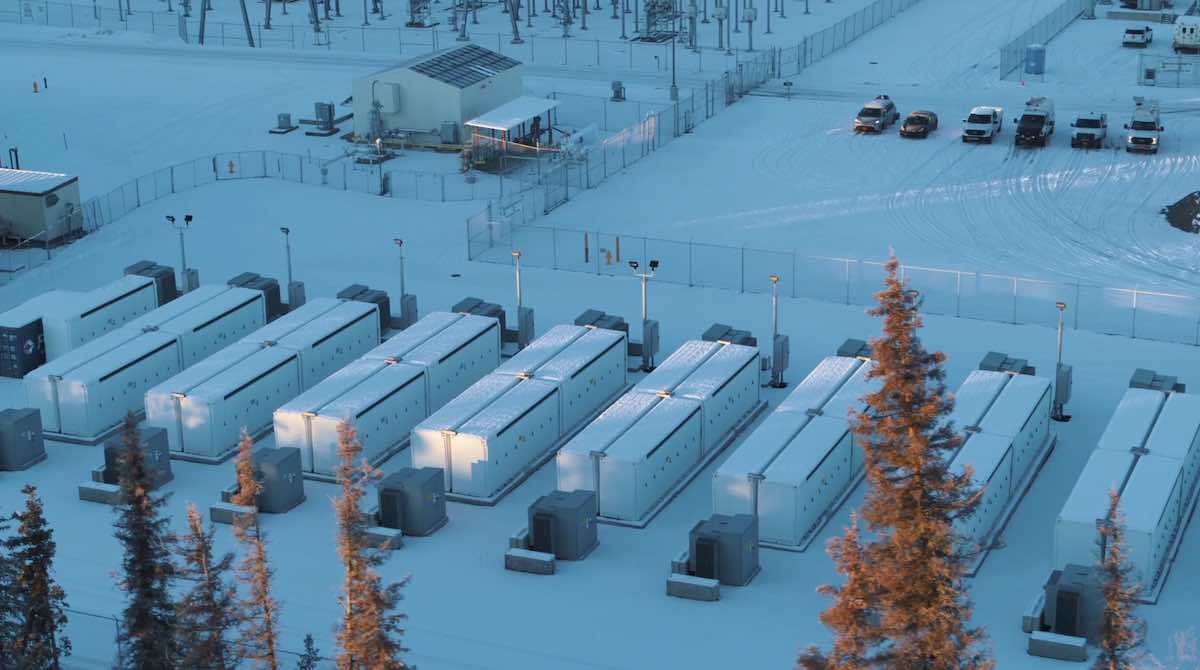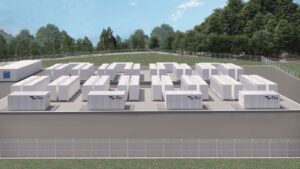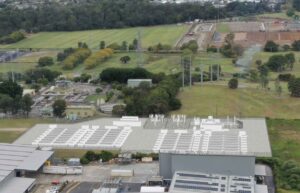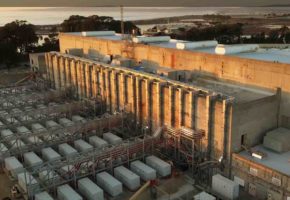Tesla’s Elon Musk says the supply of lithium is currently a major factor holding back the transition to a sustainable energy system, with prices now 10 times the cost of production.
Musk made the comments while announcing record net income of $US3.2 billion for the March quarter, a result that sent Tesla’s stock valuation jumping back above the $1 trillion mark.
The result came despite a supply crunch that has impacted both computer chips and the cost of raw materials, particularly lithium, which has impacted both the rollout of EVs, and stationary battery storage.
Musk says Tesla is now turning to dedicated factories to produce its standard Megapack modules now deployed in big battery installations around the world, but said his biggest concern was the price and supply of lithium.
Musk has already found a workaround for the supply crunch on nickel and cobalt, with a shift to battery chemistries, such as lithium iron phosphate (LFP) batteries that contain no nickel or cobalt.
But lithium creates a different problem, and there is no easy workaround.
“To be clear, it’s not that there’s a shortage of lithium in the world … it is present almost everywhere,” Musk said at an analysts briefing that followed the results.
“It’s a very common element. However, you still need to to dig up … the clay with the lithium, and then you need to go through a whole series of refinement steps. And that’s a lot of industrial equipment that’s needed.
“Lithium margins right now are practically software margins. Correct me if I’m wrong, but I think we’re seeing cases where the spot lithium price is 10 times higher than the cost of extraction.
“So like we were talking 90% margins here. More people, please, get into the lithium business. It’s … do you like minting money? Well, the lithium business is for you.”
Musk even suggested – as he has done previously – that Tesla itself could move into the lithium business. “We’ll have some exciting announcements in the months to come.”
Lithium currently accounts for 2-3% of battery materials, but it is by far the largest cost growth, particularly as Tesla looks to grow its production from just shy of one million EVs a year, to 20 million by 2030, and massively rollout its stationary storage too.
Morgan Stanley estimates that every $US10,000 jump in the price of lithium adds another $US500 to the cost of an EV. Cobalt prices have also jumped, as have nickel prices.
That has translated already into unexpected jumps in the price of EVs – a situation that has affected Tesla, Rivian and other EV makers, and caused big delays to the deliver of EVs.
It’s also led to a hike in the cost of stationary storage, both for household level Powerwall 2 units to the 3MWh Megapacks.
“We hope we don’t need to increase the pricing further,” Musk said.
“The current pricing is anticipating what we think is the probable growth in costs. And if that growth in cost does not materialise, we actually may slightly reduce prices.
“We don’t control the macroeconomic environment. If governments keep printing vast amounts of money and you know, and if there’s not they’re not significant increases in a lithium extraction and refinement and the other raw materials such that everyone’s competing for a limited amount of raw materials and obviously that that will drive prices to high levels.”
Tesla said its battery storage deployments in the first quarter increased by 90% year on year, thanks to strong Powerwall deployments, but were well down on previous quarters.
“As demand remains substantially above capacity, growth has been limited by ongoing supply chain challenges,” it said. “We are in the process of ramping production at a dedicated Megapack factory to address the growing demand.”
Musk also outlined more details about the company’s planned Uber-styled self driving car that would feature no steering wheels, and no pedals, offering transport at a cost of subway ticket.
More details will come later this year, maybe at a special event devoted to the technology, but it seems pretty clear that forecasts such as those made years ago by the likes of Stanford’s Tony Seba – Why you may not own, or drive your vehicle in 10 years time – could come true.










